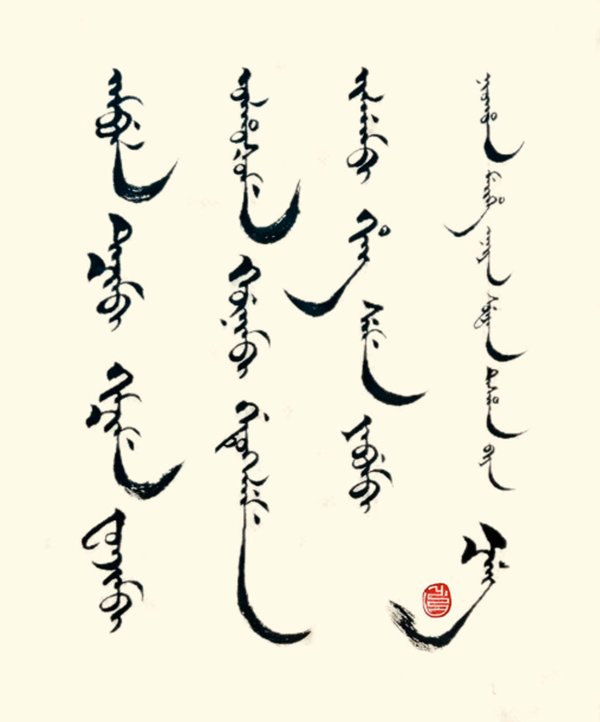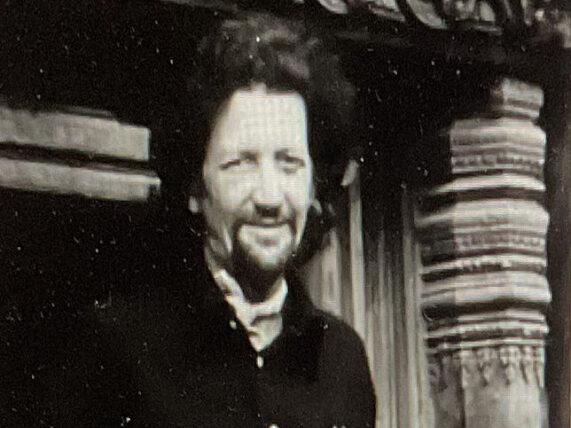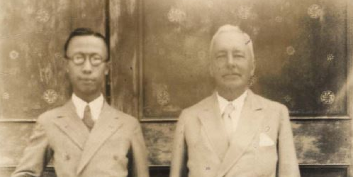From Braids to the Afro - An Evolution of Black Hair Care and Styles
By Anisah Mahamoud, BA International Relations
From African tribal hairstyles to dreadlocks and the afro, Black hair has played a significant role in the history of the Black race. African societies in the past styled their hair for reasons other than fashion. A person’s haircut might reveal a lot about their identity. Within some cultures, the power of the individual is believed to reside in the hair and that their highest body part gave them a direct line to the deity. For instance, in Yoruba culture, people would braid their hair to communicate with the gods.
In order to understand the significance of hair within African culture, we must start from the beginning. Shaving off the captives’ hair was one of the first things the slave dealers did during the trans-Atlantic slave trade, their link to their civilisations severed by such a dehumanising act. Losing access to the herbal remedies, oils, and combs from their own country after their hair grew back,people made do with what they had available: kerosene, butter, bacon grease, and cornmeal were usedas conditioners, as well as carding tools made of sheep’s wool and combs.
As a result of colourism, which was prevalent at the time, enslaved Black people and contemporary African Americans were misled into believing the good hair/bad hair frenzy. A notorious statement made by Willie Lynch, a slave owner in the Caribbean islands, predicted that if slaves were divided at the time based on colour, they would be divided for years. His declaration gave rise to two types of slaves: the house slave and the field slave. The former was a mixed-race slave with fairer skin and “smoother” hair, whereas the latter had darker skin and kinkier hair. In order to fit in with society, once emancipated, Black people had to use products to produce an image akin to European silky hair.
Black women should not be expected to change their hair in order to fit into whatever societal gap or bracket is desired; this goes against the basic tenet of the campaign for natural hair
A prominent figure within the Black hair community is Madam CJ Walker. By developing a line of wildly profitable hair care and beauty products specifically for African Americans, Madam C. J. Walker rose to prominence as one of the most successful African American businesswomen of the early 20th century. In the 1890s, Walker started having hair problems and began combining remedies from her neighbourhood drugstore. She received her education at Poro College, a school dedicated to educating African American women about Black hair. Walker subsequently served as a sales representative for Annie Turnbo Malone, who established Poro College. She established her own business in 1906, selling hair products door-to-door throughout the South utilising the “Walker Method.” Walker was reportedly the first female African American millionaire when she died in 1919. She is now being commemorated with her own Barbie doll as part of their ‘Inspiring Women’line.
During the civil rights era, the Black Power movement of the 1960s and 1970s sought to alter how the Black community saw itself and their impact on society. The natural afro evolved into a well-liked declaration of strength, pride, and resistance. Some people believed that embracing their natural texture was a method of regaining their roots, feeling that straightening their hair symbolised a history of forced assimilation. The haircut, popularised by legendary Black activists, intellectuals, and artists like Angela Y. Davis, represented the never-ending struggle against racism.
Fast-forward to current society, the natural hair movement has seen a boom with the entire industry worth $1.6 billion. As a result of the pandemic, many people saw this opportunity to learn about their hair and reconnect with their roots. However, despite the experimenting and TikTok lessons, it is getting harder and harder to ignore how type 4 hair, notably 4C, which has the tightest curl pattern, is being left behind in the natural hair world. Texturism is currently thriving despite all progress made in the community to appreciate the intricacies and varieties of black, natural hair. 4C hair tends to only be liked and valued when it mimics other textures. No matter how hard people with 4C hair try, drowning their natural hair with products, they will never be able to achieve type 3 curls. The area where many Black women with type 4 hair previously sought assistance has become so dominated by type 3 hair that it has actually turned them off. The looser your curl patter, the larger your following. Type 4 hair is being pushed to the outside of the natural hair region by plainly visible texture-ism. With the rise of social media, commentary from anyone is easily accessible and those with type 4 hair are often shamed for relaxing or straightening their hair by the natural hair community. This nexus should be eliminated. Black women have the right to express their hair in whatever form whether that be: protective styles such as braids, wigs, and weaves, or straightening their hair. Hair is personal.
Black women should not be expected to change their hair in order to fit into whatever societal gap or bracket is desired; this goes against the basic tenet of the campaign for natural hair. It is the responsibility of the natural hair community to create room for type 4C hair, which is manipulationfree and flourishing in the very environment that was created for it. The first step to appreciating type 4 texture in all its kinky, coily splendour is acceptance, by elevating the voices of persons with type 4C hair in order to genuinely educate and express the beauty of the hair type.




